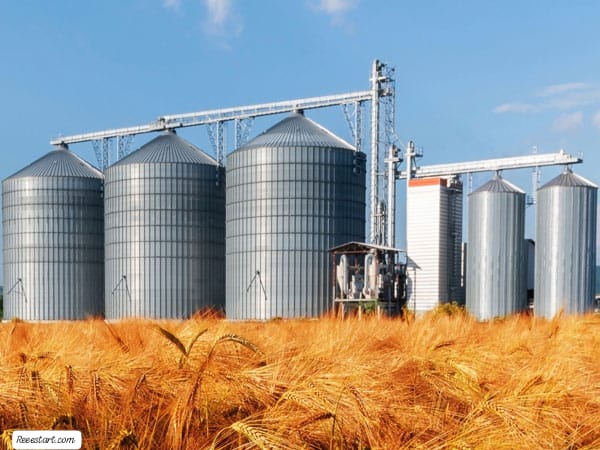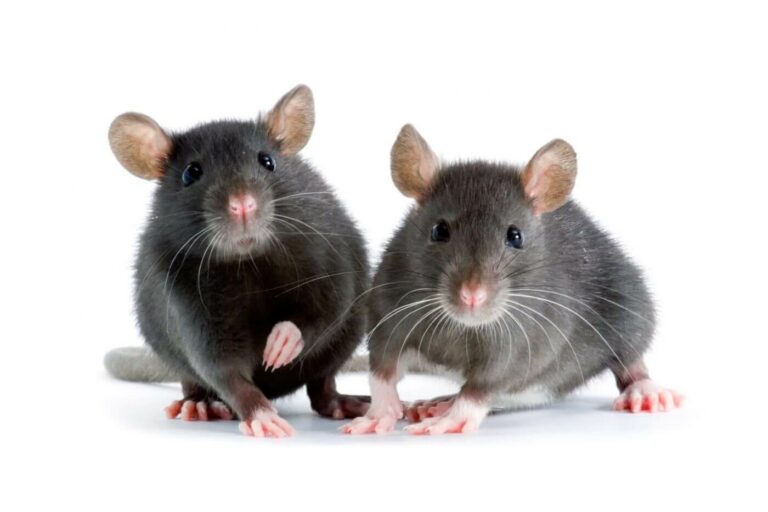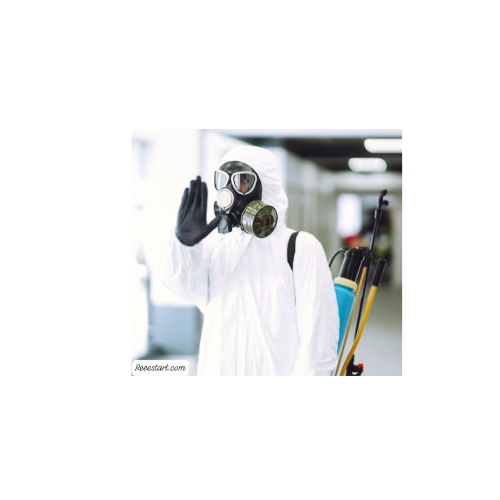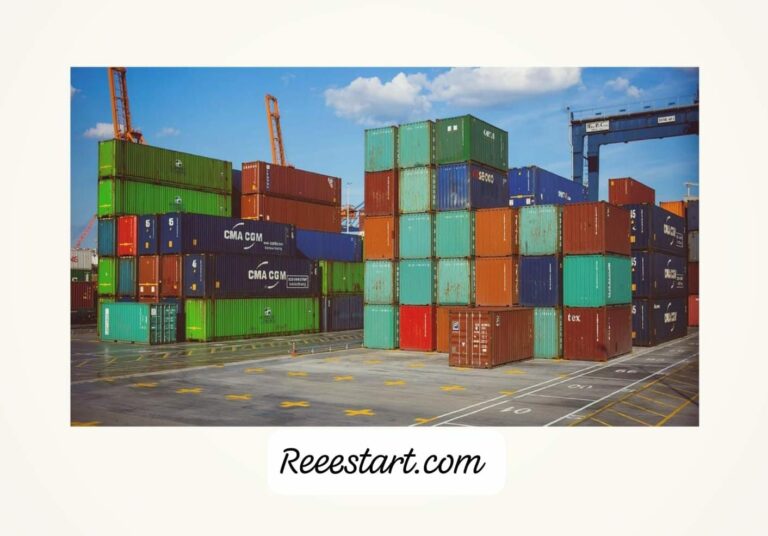In the following essay, we will focus on Essential Fumigation Tips for Agricultural Engineers, As Fumigation plays a pivotal role in safeguarding agricultural products against pests and diseases, which is particularly crucial in storage and transportation. For agricultural engineers, fumigation experts, and professionals involved in international trade, understanding how to perform effective fumigation can prevent substantial losses, ensure compliance with global regulations, and maintain the integrity of the food supply chain.
Essential Fumigation Tips for Agricultural Engineers
This article presents 20 Essential Fumigation Tips for Agriculture Engineers that will guide you through the critical aspects of the fumigation process. These tips will ensure you can efficiently manage fumigation treatments, minimize safety risks, and comply with international standards for agricultural commodities in the global marketplace.
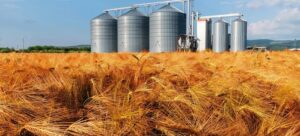
Accurate Volume Calculation is Key
Start by accurately calculating the volume of the space to be fumigated. The success of fumigation depends on applying the right amount of fumigant. Measure the length, width, and height of the storage area to get an accurate cubic measurement. For irregularly shaped spaces, divide the structure into simpler sections to calculate the volume of each and then add them together.
Don’t Subtract for Occupied Space
When calculating the volume of a storage space, do not subtract the areas occupied by goods or machinery unless they are impervious to fumigants. For example, if the area contains sealed containers or packaging, those should be accounted for in the volume calculation.
Use Approved Fumigants Only
Use Approved Fumigants Only is one of the most Essential Fumigation Tips for Agricultural Engineers:
- Ensure you use only approved fumigants that are effective against the target pests and comply with local and international regulations.
- Using the wrong fumigant can be ineffective or dangerous.
Monitor Fumigant Concentration
During fumigation, continuously monitor fumigant levels in the enclosed space. This ensures the fumigant concentration remains at the correct levels for the necessary duration to effectively kill pests.
Maintain Proper Ventilation Post-Fumigation
After fumigation, proper ventilation is critical to ensuring that any residual fumigant is safely removed from the area. Ventilate the space thoroughly before allowing workers or products back into the treated space.
Understand Temperature and Humidity Impacts
Both temperature and humidity influence fumigant efficacy. Higher temperatures typically increase the effectiveness of fumigation, as pests are more active. Conversely, extremely low temperatures may require higher fumigant concentrations or longer exposure times.

Use Gas Detectors and Sampling Lines
To accurately measure fumigant concentration, use calibrated gas detectors and sampling lines placed strategically within the fumigation space. These tools help ensure that the fumigant is evenly distributed and that safe levels are maintained throughout the process.
Apply Correct Fumigant Dosage
Calculate the exact fumigant dosage based on the volume of the space to be fumigated. Refer to the fumigant manufacturer’s recommended dosage per cubic meter and apply the correct amount to ensure effectiveness.
Adhere to International Fumigation Standards
Follow international fumigation standards like those provided by the FAO, GAFTA, and IPPC to ensure your fumigation practices are compliant with global regulations. This is especially important for international trade.
Ensure Worker Safety
Always ensure that workers are equipped with the necessary personal protective equipment (PPE), such as respirators and protective clothing, when handling fumigants. Fumigants can be hazardous to health, so proper safety protocols must be followed.
Accurate Documentation and Reporting
Maintain detailed records of each fumigation process, including the fumigant used, dosage, exposure time, temperature, and humidity. This documentation is critical for regulatory compliance and traceability in case of issues.
Don’t Ignore Local Regulations
In addition to international standards, be sure to adhere to any local fumigation regulations and guidelines. These can vary based on region and type of commodity being treated, so always stay informed about the latest regulations in your area.
Perform Post-Treatment Audits
After fumigation, conduct thorough audits to ensure that the process was performed correctly. Verify that fumigant concentrations were within the desired range and that any residual fumigant has been safely ventilated.
Understand Fumigant Residuals
Some fumigants leave residues that can impact the quality of the treated products. Ensure that the fumigant you use is suitable for the specific agricultural product you are treating, and follow guidelines on aeration and handling to minimize any potential contamination.
Ensure Proper Fumigation Sealing
Before applying the fumigant, make sure that the storage space or transport container is properly sealed. This will prevent the fumigant from leaking out and ensure that the pest control process is effective.
Check for Fumigant Compatibility with Storage Materials
Be mindful of the materials that make up the storage space or transport container. Some materials may react with fumigants or prevent their effectiveness. For instance, ensure that packaging materials or surfaces in direct contact with the fumigant can withstand exposure.
Know the Exposure Time Requirements
Each fumigant has a recommended exposure time based on the pest type and environmental conditions. Ensure you follow the manufacturer’s guidelines for how long to keep the fumigant in the space. Too short of an exposure time can lead to insufficient pest control.
Consider Pest Behavior and Biology
Take into account the biological behavior of the pests you are targeting. Different pests may require different treatment protocols, and adjusting fumigation exposure times, temperatures, and concentrations can lead to better outcomes.
Collaborate with Accredited Fumigation Providers
For large-scale fumigation, especially in complex environments such as shipping containers or large storage facilities, work with accredited fumigation service providers. These professionals are trained to carry out fumigation efficiently and safely while ensuring compliance with all necessary regulations.
Train and Educate Your Team
Proper training and education are key to ensuring the fumigation process runs smoothly. Ensure your team is well-versed in fumigation practices, safety protocols, and regulatory requirements. Regular training updates are essential to keeping your fumigation practices current.
Fumigation is a complex but essential process that ensures the safety of agricultural products and compliance with international trade regulations. By following these 20 tips, agricultural engineers, fumigation experts, and supply chain managers can optimize their fumigation practices, and minimize risks.

